Top Web Design Trends for 2024 to Watch Out For
Web design is rapidly evolving in 2024, with new web design trends focusing on creating engaging and accessible user experiences. Here are some of the top trends shaping the industry this year.
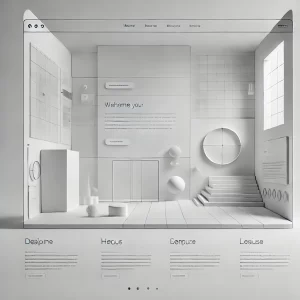
Minimalistic Interfaces
- Focus on Simplicity: Minimalistic design emphasizes simplicity, using ample white space, clear typography, and a limited color palette. This approach creates a clean, focused user experience, reducing distractions and helping users engage more deeply with the content.

Micro-Interactions
- Enhancing User Engagement: Micro-interactions are small animations or visual cues that provide feedback and guide user actions, such as a button changing color on hover. They add a layer of interactivity, making websites feel more responsive and engaging.

Immersive 3D Elements
- Creating Depth and Realism: Using 3D elements in web design can make the website more visually appealing and interactive. This includes 3D product models, interactive animations, and virtual environments that enhance user engagement.
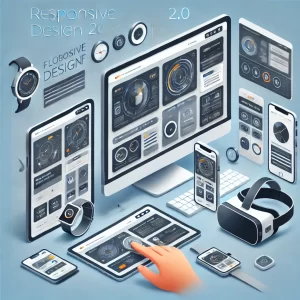
Responsive Design 2.0
- Beyond Mobile-Friendly: Responsive design is evolving beyond just adapting to different screen sizes. It now includes designing for various devices like smartwatches, TVs, and VR headsets, ensuring a consistent experience across all platforms.
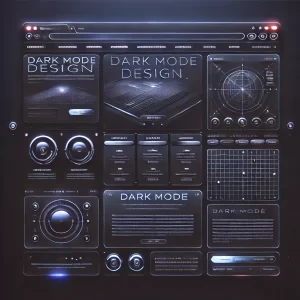
Dark Mode Design
- Enhanced Visual Appeal: Dark mode can create a high-contrast interface that enhances visual appeal and reduces eye strain. It’s becoming increasingly popular among users for its aesthetic and functional benefits.
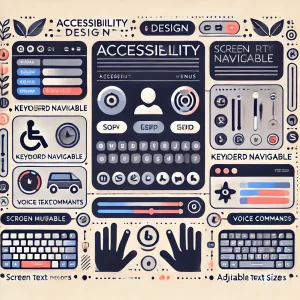
Accessibility-Focused Design
- Inclusive Design Practices: Accessibility is crucial for creating websites usable by everyone, ensuring compliance with standards like WCAG. This includes providing proper alt text for images, ensuring keyboard navigability, and maintaining color contrast for readability.

AI and Personalization
- Dynamic Content Delivery: AI-driven personalization tailors the user experience, enhancing engagement through dynamic content based on user behavior and preferences.
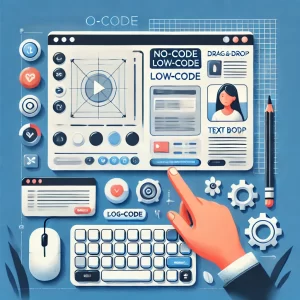
No-Code/Low-Code Development Tools
- Empowering Designers: No-code and low-code tools streamline the web development process, allowing designers and non-developers to build functional websites without extensive coding knowledge, enabling more creativity and rapid iterations.
By integrating these trends into your web design strategy, you can create websites that are visually appealing, user-friendly, and adaptable to the latest technologies, ensuring a modern and competitive online presence.
Staying Ahead in Web Design
Staying on top of the latest design trends is crucial for the success of web designers. It ensures that your work remains relevant, engaging, and user-friendly. As technology evolves, users’ expectations grow, and the demand for modern, efficient, and visually appealing websites increases.
Incorporating Key Trends
Incorporating trends like minimalistic design, micro-interactions, responsive layouts, and AI personalization not only enhances the user experience but also sets you apart in a competitive market.
Commitment to Quality
By integrating these trends into your design strategy, you demonstrate an understanding of the industry’s direction and a commitment to delivering high-quality, cutting-edge solutions. This continuous learning and adaptation to new trends are what define a successful web designer, ensuring that your projects not only meet current standards but also anticipate future needs, providing lasting value to your clients.







